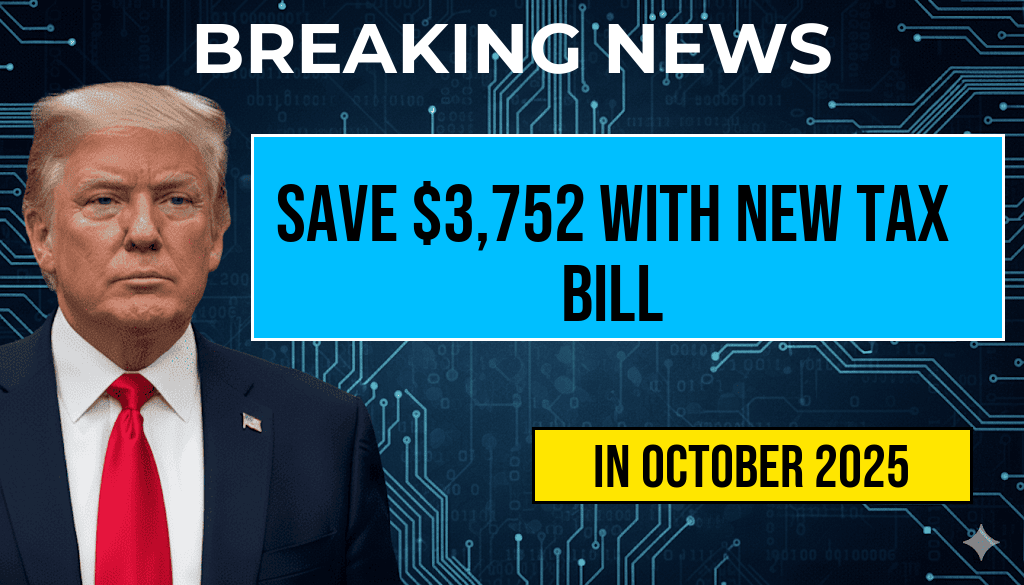President Donald Trump has unveiled a proposal that would significantly alter the Social Security Disability Insurance (SSDI) program, aiming to cut approximately $82 billion over a decade. The plan seeks to tighten eligibility criteria and reduce benefits for an estimated 750,000 individuals currently receiving SSDI payments. The proposal has sparked widespread debate among policymakers, disability advocates, and beneficiaries, raising questions about the balance between fiscal responsibility and social safety net adequacy. While supporters argue that the reforms are necessary to curb program abuse and ensure sustainability, critics contend that they threaten the financial stability of vulnerable populations dependent on disability benefits.
Details of the Proposed Changes
Scope and Objectives
The proposal aims to implement stringent eligibility requirements and introduce measures to prevent fraud and overpayments within the SSDI program. According to officials, the reforms are designed to promote fiscal responsibility amid rising federal deficits and an aging population. The plan emphasizes encouraging employment among disabled individuals and reducing dependency on government aid, aligning with broader administration efforts to overhaul the social safety net.
Key Policy Provisions
- Revised Eligibility Criteria: The proposal would tighten the criteria for qualifying for SSDI, requiring applicants to demonstrate more severe and enduring disabilities. It proposes implementing stricter medical reviews and increasing the frequency of reassessments.
- Benefit Reductions: Benefits for some recipients could be reduced through means-tested adjustments or by capping payments based on work history and earnings.
- Work Incentive Programs: The plan promotes programs aimed at incentivizing partial employment, but with stricter thresholds that could limit the number of beneficiaries able to supplement their income.
- Fraud Prevention Measures: Enhanced verification processes and tighter oversight are intended to limit improper payments, potentially leading to benefit denials or reductions for some individuals.
Impact on Recipients and the Broader Economy
Effects on Beneficiaries
The proposed reductions are estimated to directly affect around 750,000 SSDI recipients, many of whom rely solely on disability benefits for basic living expenses. Advocates for disabled individuals warn that these cuts could push vulnerable populations into financial hardship, homelessness, or increased reliance on other social programs. Some recipients are already struggling with health issues that limit their ability to find alternative sources of income, making the proposed reductions a significant concern.
Potential Economic Consequences
While proponents argue that reducing fraud and tightening eligibility could save billions, critics warn that the cuts may have broader economic repercussions. Reduced benefits could decrease consumer spending among disabled populations, affecting local economies. Additionally, increased financial strain on social services and emergency assistance programs might offset any anticipated savings.
Political and Public Reactions
Supporters’ Perspective
Supporters, including some Republican lawmakers and fiscal conservatives, contend that the reforms are necessary to restore the integrity of the SSDI program. They argue that current policies incentivize dependency and that the government must take steps to ensure the program’s long-term viability. According to Wikipedia, SSDI has faced sustainability challenges in recent years due to demographic shifts and economic factors.
Opposition and Criticism
Opponents argue that the proposal unfairly targets individuals with disabilities, many of whom have limited capacity to work or are in fragile health. Disability advocates and some Democratic lawmakers have expressed concern that the plan lacks sufficient safeguards to protect vulnerable populations. They also warn that the benefits reductions could exacerbate economic inequality and increase poverty among disabled Americans.
Legal and Legislative Outlook
The administration’s proposal is expected to face significant scrutiny in Congress, where debates over social safety net programs have been intense. Lawmakers from both parties have expressed reservations about the scope of the proposed cuts, with some emphasizing the importance of protecting disabled individuals from financial hardship. The legislative process will determine whether the reforms are enacted into law, with potential amendments to address concerns about fairness and adequacy of support.
Context and Broader Implications
The proposed SSDI reforms reflect ongoing discussions about the sustainability of social welfare programs amid demographic changes, including longer life expectancy and declining birth rates. As the federal government grapples with mounting deficits, policymakers are under pressure to find savings across various entitlement programs. Social Security remains a cornerstone of American social policy, with SSDI serving as a critical safety net for millions.
Summary Table of Proposed Changes
| Aspect | Current Policy | Proposed Change |
|---|---|---|
| Eligibility Criteria | Based on medical impairments and work history | Stricter medical reviews; more frequent reassessments |
| Benefit Amounts | Calculated by earnings history and disability status | Potential reductions via means-testing or caps |
| Fraud Prevention | Periodic audits and reviews | Enhanced verification and oversight measures |
| Work Incentives | Programs to encourage employment among beneficiaries | More restrictive thresholds for earnings |
Frequently Asked Questions
What is the main goal of Trump’s proposal regarding SSDI benefits?
The proposal aims to reduce SSDI benefits by approximately $82 billion over time, potentially affecting 750,000 individuals who rely on these benefits.
How many individuals could be affected by the proposed SSDI benefit cuts?
The proposal could impact around 750,000 individuals who currently receive SSDI benefits.
What are the potential implications of the proposed benefit reductions?
The reductions may lead to less financial support for people with disabilities, potentially impacting their living standards and access to healthcare.
When did this proposal emerge, and what is its current status?
This proposal was introduced by former President Trump, and its status depends on legislative processes, with ongoing discussions about its feasibility and approval.
What are the arguments in favor of and against the proposed SSDI benefit cuts?
Supporters argue that the reductions could save costs and promote fiscal responsibility, while opponents contend that it would harm vulnerable populations and reduce essential support for individuals with disabilities.







